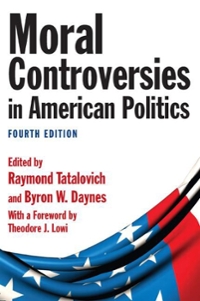Question
1(i). Suppose the behavior of the broad-money supply process in the banking system of a hypothetical economy is characterized by the following supply (Rs) and
1(i). Suppose the behavior of the broad-money supply process in the banking system of a
hypothetical economy is characterized by the following supply (Rs) and demand for cash
reserves (Rd) model :
Rs = MB = Rd = C + BCRT (equilibrium condition);
BCRT = RR + ER (definition of total bank reserves)
C = 0.25D (currency holdings of the non-bank public)
RR = RRd + RRt [total desired cash reserves against bank deposits]
RRd = 0.05D (desired cash reserves against demand deposits)
RRt = 0.02T (desired cash reserves against term deposits)
T = 0.8D (definition of term deposits)
ER = ER d + ER t [total idle excess reserves held against bank deposits]
ER d = 0.002D (idle excess reserves held against demand deposits)
ER t = 0.001T (idle excess reserves held against term deposits).
M1 = C + D
M2 = C + D + T
D = Deposits
M1 = MB [1 + c]/ [c + RRd + RRt +ERd + ERt]
currency/deposit ratio (c) = C/D
Given that the economy is facing severe unemployment pressures, the government
implements an expansionary fiscal policy to stimulate the economy by decreasing taxes
and, as an indirect effect, the currency/deposit ratio (c), drops to 20%.
If the narrowly-defined money supply (M1) in existence is $2550 million, first, find the
initial monetary base and the value of the broadly defined money supply (M2) and, then,
calculate the percentage changes in the equilibrium values of the narrow (M1) and broad
money (M2) supplies because of the government's policy stance. Explain and illustrate
your answers with the appropriate diagrams, where necessary.
(ii) Calculate the percentage changes in the equilibrium values of both the narrowly
defined and broadly defined money supply if the central bank had used INSTEAD an
expansionary unconventional monetary policy by purchasing both private sector and
federal government securities in the financial market worth $500 million. Explain and
illustrate your answers with the appropriate diagrams, where necessary.
(iii) Which of the two policies will have the most effect on the equilibrium interest rate in
the short run? Why? Explain and illustrate your answers with the appropriate diagrams,
where necessary.
(iv) If BOTH POLICIES are used SIMULTANEOUSLY to deal with the problem in this
economy, calculate the percentage changes in (a) the monetary base; (b) total bank
reserves; (c) the narrow money supply; and (d) the broad money supply. Comment on
your answers.
Step by Step Solution
There are 3 Steps involved in it
Step: 1

Get Instant Access to Expert-Tailored Solutions
See step-by-step solutions with expert insights and AI powered tools for academic success
Step: 2

Step: 3

Ace Your Homework with AI
Get the answers you need in no time with our AI-driven, step-by-step assistance
Get Started


